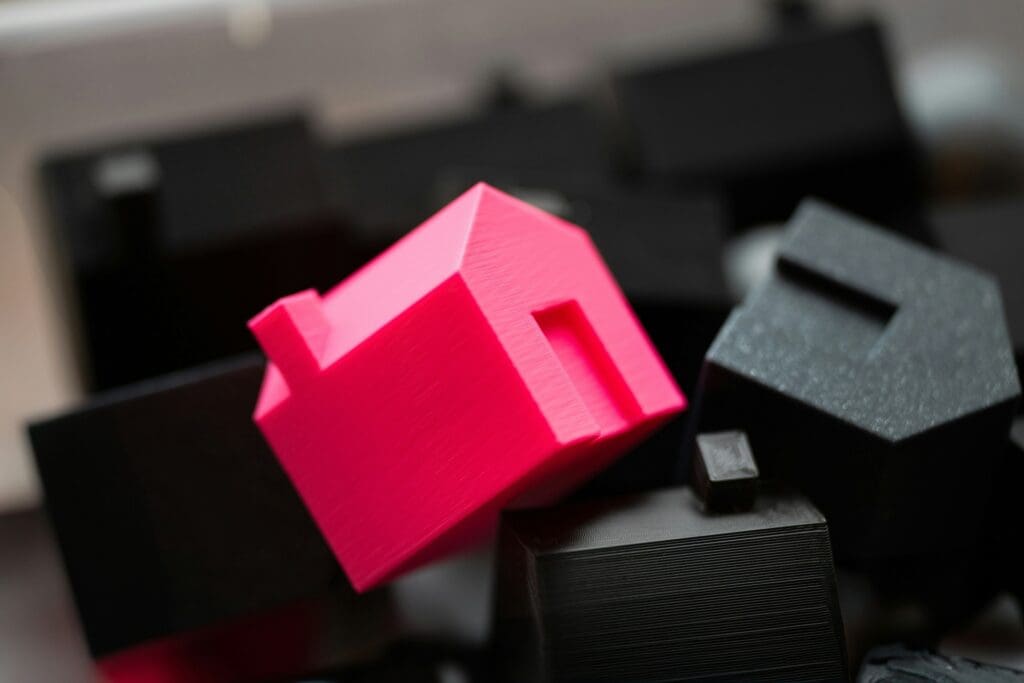Does Underpinning Devalue Property?

Estimated reading time 6 minutes
Underpinning is a saving grace for homeowners with properties affected by subsidence. Living in a property that isn’t structurally sound can be incredibly unsafe and will cost more in serious repairs in the future.
Underpinning can devalue a property by 20 to 25%. However, it is a cost that cannot be avoided because underpinning plays a critical role in maintaining structural integrity of properties affected by subsidence. In this article, we'll delve into what underpinning is, how much it costs, and any implications when it comes to selling.
What is underpinning?
The construction technique of underpinning is used to stabilise and strengthen the foundation of a building affected by subsidence. Subsidence itself is when the ground beneath a property sinks, meaning the foundations of the structure do too. It can be caused by environmental or geographical factors, such as tree roots or loss of ground moisture due to extended dry spells. Man-made causes include damaged drains, nearby traffic, and improper ground preparation or poor foundations during the build itself.
What is an underpinned property?
An underpinned property refers to a building or structure that has undergone the underpinning process. It typically involves excavating beneath the existing foundation and adding new structural support elements, such as concrete footings or piers, to increase the foundation's depth and load-bearing capacity. This process helps redistribute the weight of the building and provides a more stable base.
How much does underpinning property cost?
The cost of underpinning a property in the UK can vary depending on several factors, including:
- The size of the property
- The extent of underpinning needed
- The location and accessibility of the property
- The amount of materials and labour necessary
- Any internal or external repairs required
Underpinning can cost anywhere from a few thousand pounds to tens of thousands. Most straightforward projects fall into the £10,000 to £30,000 bracket. For complex cases expect this to reach over £50,000 and beyond. It’s also worth bearing in mind that expenses such as surveying, design, permits, and any necessary repairs or finishes once the underpinning work is completed will need to be accounted for.
Are there different types of underpinning available?
In the UK there are different types of underpinning methods that can be employed based on the specific circumstances of the project. This means you cannot pick the most affordable. The method used will depend on factors such as the type of soil, the structural requirements, the accessibility of the site, and the specific issues being addressed.
Some common types of underpinning used in the UK include:
- Mass concrete underpinning
- Beam and base underpinning
- Piled underpinning
- Mini-piled underpinning
- Jet grouting underpinning
- Cantilever beam underpinning
- Expanding resin injection
- Screw piles
- Grout injection
The cheaper solutions are typically mass concrete, bean and base, and grout injection underpinning. Expanding resin injection, regular and mini-piled, and jet grouting underpinning sit in the expensive cost bracket. You will be able to discuss methods that are most appropriate, cost effective, and which offer longevity with a construction specialist.
Is underpinning covered by house insurance?
Underpinning is expensive and, in an ideal world, all house insurance policies would cover it as standard. However, you will need to take a look at the specific terms and conditions of your insurance policy. It may also be that the home insurance policy you have may cover only some elements of underpinning or up to a certain value. Reviewing your policy documents is the best way to ascertain if you’re protected against the high costs associated with underpinning. You could also:
- Contact your insurance provider to discuss the circumstances leading to the underpinning and get their feedback on coverage
- Ask for copies of any documents, assessments, and professional opinions to support your underpinning claim with your provider
- With the help of a professional put together a detailed repair plan that outlines the underpinning process, including the methods to be used, the expected timeline, and the materials to be employed
Home insurance policies vary widely and, especially if your home has no history of subsidence, underpinning is not something you will have considered looking into at the time of purchase. It's advisable to thoroughly understand your insurance coverage and consult with your insurance provider to clarify whether underpinning is covered in your particular situation.
Can you sell a house that has been underpinned?
Transparency is key when it comes to selling a house that has previously been underpinned. You must disclose the information to potential buyers. You will need to be prepared that some buyers won’t want to buy a property that has been underpinned but, for some, it won’t be an issue at all. However, there are some considerations and potential implications you should be aware of.
- Make sure you have engineering reports, permits, and any warranties associated with the underpinning work that has taken place
- Be aware that underpinning may positively or negatively impact the value of your property; it could be seen as having an enhanced structural integrity or caution may be exercised due to the historical issues
- Be prepared for a buyer to request a professional inspection specifically relating to the underpinning
- Consider selling your home with a company that has experts in dealing with properties that have undergone significant structural work
Can you sell a house that requires underpinning?
Selling a property that needs underpinning completed is inevitably going to be tricky. Mortgage providers will be concerned about the safety and stability of the property as collateral for the mortgage loan for potential buyers. It’s not impossible, and if you’re selling a property that needs underpinning that you cannot facilitate, it is down to a buyer finding lender that will approve a mortgage. Lenders will need information on:
- The extent of the underpinning required
- Evidence from professional bodies
- The possibility of a larger deposit
- The property valuation as it stands
- The estimated cost of the underpinning needed
There is no guarantee that you will find a buyer who is willing to buy a property that needs underpinning, or one that will be able to secure a mortgage on such a home.
This is where Bettermove can help. We have a unique approach to property sales; we can buy the house from you ourselves or find you a buyer. We have an extensive network of cash house buyers ready to take on your property regardless of its condition. It’s simply a case of matching you with the most appropriate buyer and helping you to sell your house fast.
One of our dedicated property experts will discuss your property with you, including garnering more information on the underpinning it requires. They will also listen to your price and timeline requirements and put together a strategy that meets these for you. We’ll provide a realistic cash offer on day one and this will not change, nor will your expert point of contact.
Sound like the fast sales solution you need for your property that requires underpinning? It all starts with contacting us today.



